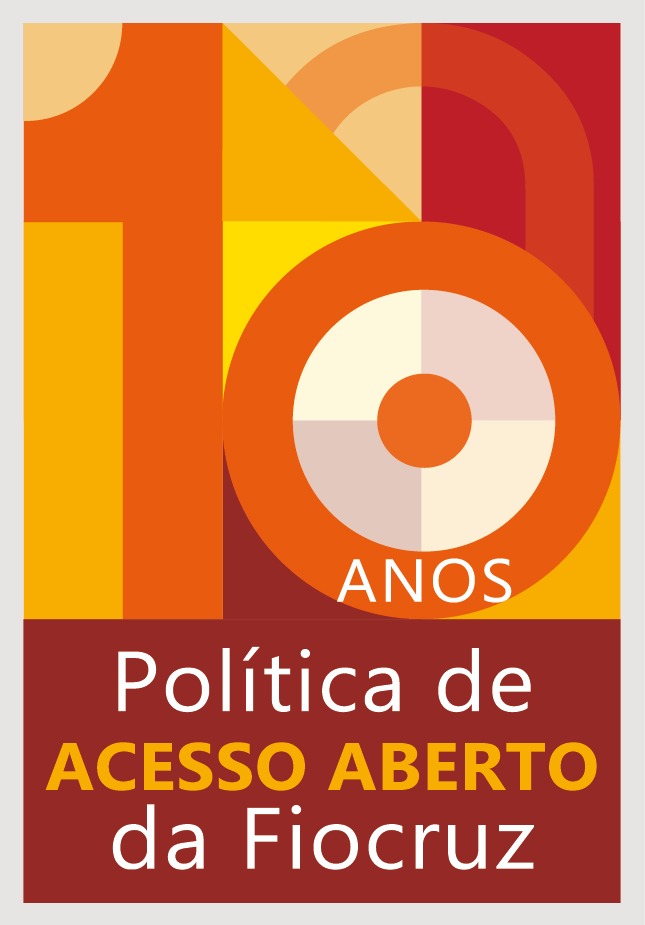Fiocruz technology becomes Ministry of Health's strategy for controlling arbovirus
16/07/2024
Júlio Pedrosa (Fiocruz Amazônia)
The Brazilian Ministry of Health, through the Health and Environmental Surveillance Secretariat, has issued a technical note formalizing the use of Larvicide Spreading Stations (EDL, in the Portuguese acronym) – a technology developed by the Center for Pathogens, Reservoirs and Vectors in the Amazon (Amazon PReV) of Fiocruz Amazônia's Ecological Laboratory for Communicable Diseases in the Amazon (EDTA) – as a strategy for the control of Aedes aegypti and Aedes albopictus, vectors of dengue fever and other arboviruses, in stratified risk areas throughout the country. The measure aims to expand EDL technology, with monitoring by the Ministry of Health and technical support from Fiocruz, based on the results of studies coordinated by the Amazon PReV Center, aided by the PAHO office in Brazil.
This strategy was tested and approved in 14 Brazilian cities, in different regions of the country (photo: Fiocruz Amazonia)
"The strategy adoption by the Ministry of Health is a source of satisfaction for those of us who work at the Amazon PReV Center. With this measure, Brazil becomes the first country to adopt the methodology in an official national program," celebrates researcher Sérgio Luz, coordinator of the Amazon PReV Center and responsible for the research, together with biologist José Joaquin Carvajal Cortes, also a researcher at the Amazon PReV Center. "The EDLs are proof that our research is becoming public policy," said Luz. The note guides the secretariats on how to proceed to implement the control strategy.
The spreading stations use the female mosquito as an ally in the dispersal of larvicide, capable of preventing the proliferation of outbreaks of the transmitter of dengue, zika and chikungunya. The Ministry of Health's goal is to replicate the technology nationwide, which uses water in a two-liter plastic jar covered in a synthetic fabric impregnated with larvicide. The trap attracts Aedes aegypti females to lay eggs and when they land, they are impregnated with the larvicide present in the stations. These females, impregnated with larvicide, when they visit other breeding sites end up contaminating other containers with the insecticide, which prevents the development of larvae and pupae, reducing infestation and the spread of the disease.
The strategy has already been tested and approved with proven results in 14 Brazilian cities in different regions. The technical note explains that the Ministry of Health has been promoting and monitoring the development of new strategies for entomological surveillance and control of Aedes aegypti. "In 2016, with the declaration of a Public Health Emergency of National Concern as a result of the Zika epidemic, it was held the International Meeting for the Implementation of Alternatives for the Control of Aedes aegypti in Brazil, with the participation of the Federal Government and national and international reference institutions and researchers," says the document.
The note also explains that the meeting led to the publication of Epidemiological Bulletin Volume 47, No. 15, which recommended evaluating new vector control technologies, including EDLs. "In Brazil, studies carried out with funding from the Ministry of Health between 2016 and 2022, by the Leônidas and Maria Deane Institute (Fiocruz Amazônia), have successfully tested the dissemination of pyriproxyfen (PPF) in laboratory environments and in small open areas of reduced extension, where it was shown that the effectiveness of the strategy is adequate at the 'neighborhood' and municipal scale. Based on these results, the EDLs are now included in the list of methodologies recommended by the Ministry of Health, according to the information note.
"During the studies, it was possible to evaluate the effectiveness and identify and get to know all these problems or 'complications' of applying the strategy in practice, on the real scale of the control programs, in different city scenarios. Thus, we understood how to improve operational procedures with the means and resources available. We trained public agents and produced technology transfer tools to expand the strategy in the country," says Joaquin Cortes.
Background
The General Coordination Office for Arboviral Disease Surveillance (CGARB) of the Communicable Diseases Department of the Health and Environmental Surveillance Secretariat informs that, with technical support from Fiocruz, it will begin the expansion of the Aedes population control technology by carrying out a pragmatic trial using the self-dissemination of larvicide in risk areas in Brazil. At first, it will be implemented in 15 cities.
In EDLs, the microparticles of the larvicide powder adhere to the mosquito's body. As Aedes spp. females visit many breeding sites to lay a few eggs in each of them, they spread the larvicide to these breeding sites, in an approximate radius that can vary between 3 and 400 meters. When the females land in the reservoirs to lay their eggs, the water is contaminated by the insecticide particles left behind by the females. Thus, the water in the breeding sites has the potential to interfere with the development of the larvae which, depending on the concentration of larvicide in the breeding site, will not reach the adult stage.


